Purkinje cells
Recent articles
Mutation in top autism-linked gene may alter eye reflex
The discovery could help clinicians diagnose children who carry mutations in the gene, called SCN2A, and gauge their responses to potential therapies.
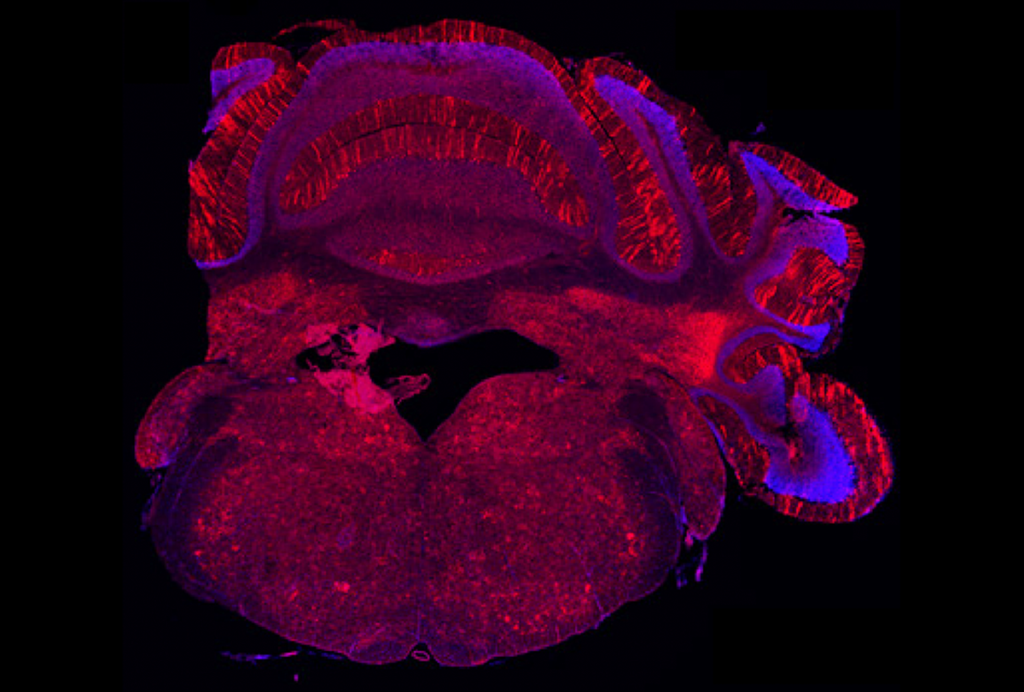
Mutation in top autism-linked gene may alter eye reflex
The discovery could help clinicians diagnose children who carry mutations in the gene, called SCN2A, and gauge their responses to potential therapies.
Null and Noteworthy: Brain aging, oxytocin pathways, biomarker back-up
Null and replicated results in this month’s newsletter tackle aging, a purported pathway for oxytocin’s effects on autistic people, and a possible autism biomarker.
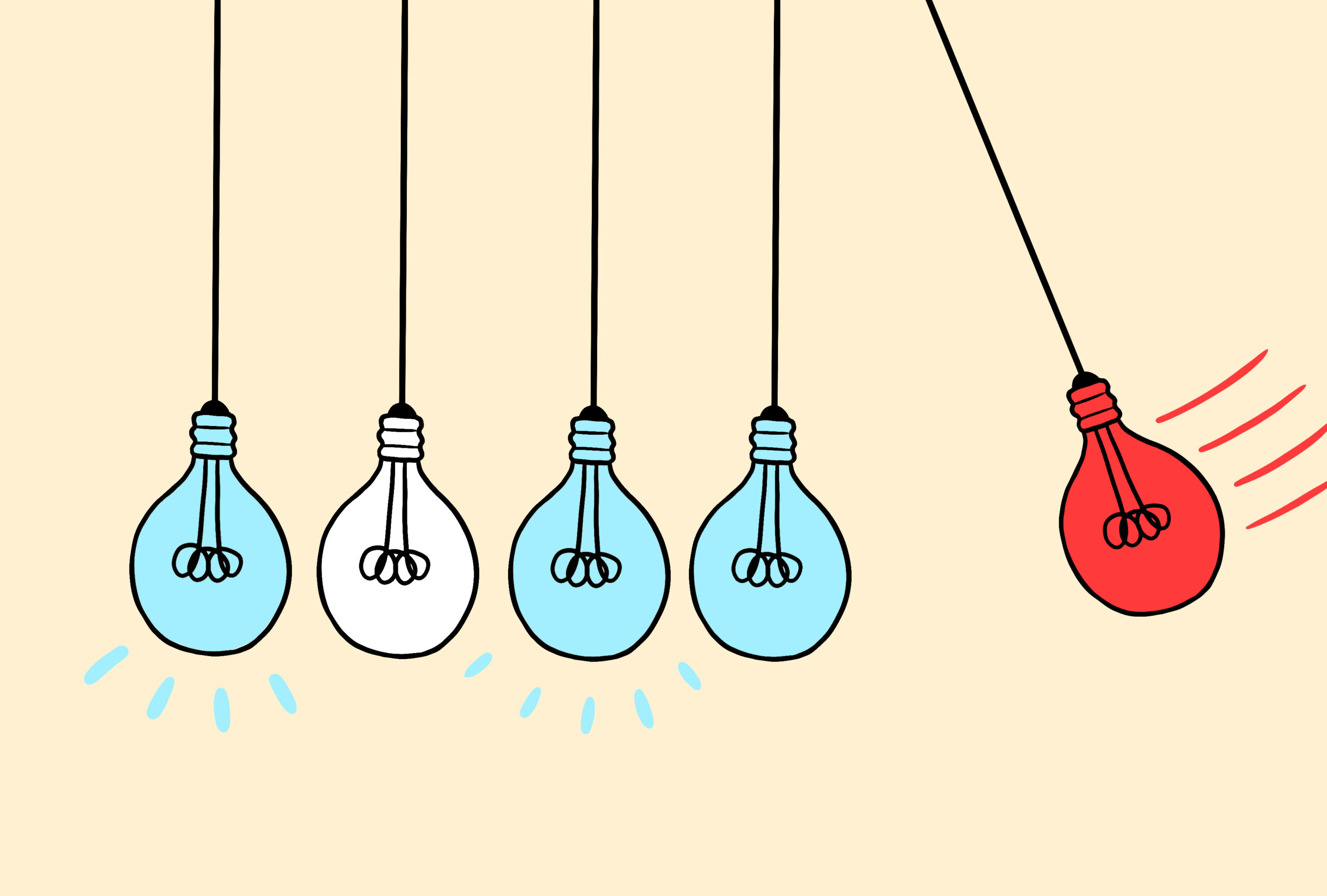
Null and Noteworthy: Brain aging, oxytocin pathways, biomarker back-up
Null and replicated results in this month’s newsletter tackle aging, a purported pathway for oxytocin’s effects on autistic people, and a possible autism biomarker.
Mouse study links dopamine in cerebellum to social behavior
The signaling molecule’s social role in the ‘little brain’ involves Purkinje neurons in the Crus I and Crus II regions, a new study reveals.
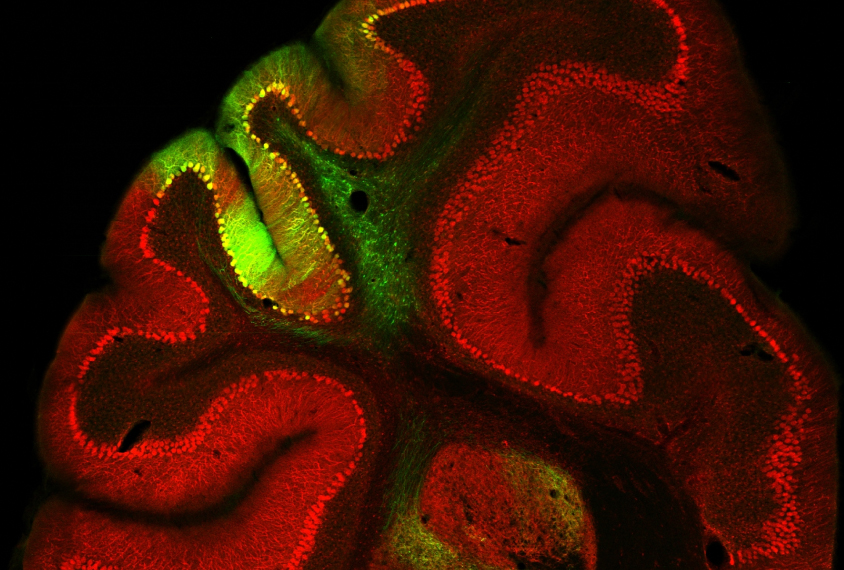
Mouse study links dopamine in cerebellum to social behavior
The signaling molecule’s social role in the ‘little brain’ involves Purkinje neurons in the Crus I and Crus II regions, a new study reveals.
Mice missing key clock gene show autism-like traits
A new study is the first to link social, repetitive and motor behaviors to mutations in BMAL1, which regulates the body’s circadian rhythms.
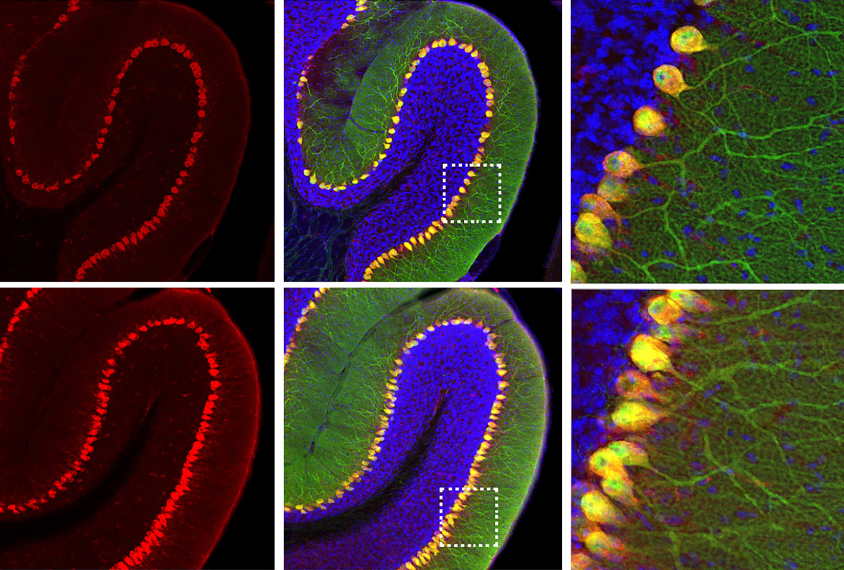
Mice missing key clock gene show autism-like traits
A new study is the first to link social, repetitive and motor behaviors to mutations in BMAL1, which regulates the body’s circadian rhythms.
Autism model mice develop typical social and motor behaviors after drug treatment
The drug suppresses an overactive signaling pathway implicated in tuberous sclerosis complex.
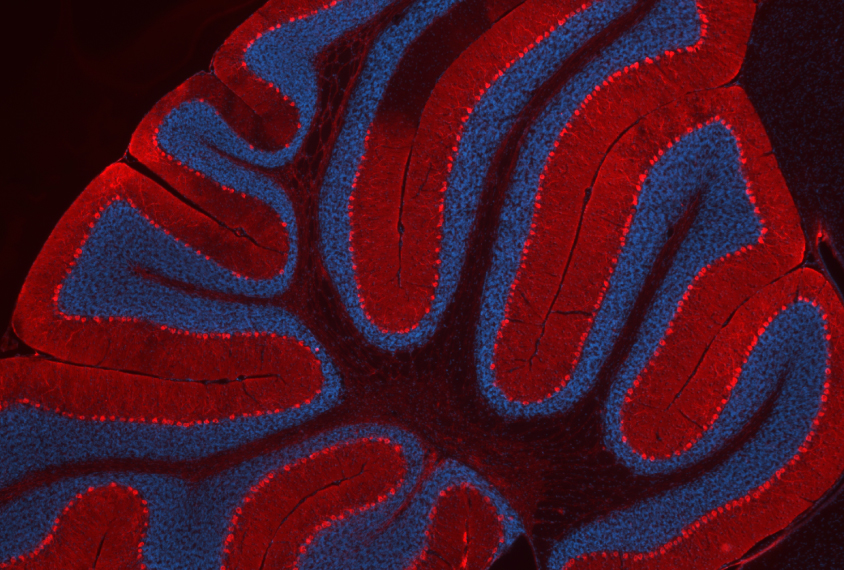
Autism model mice develop typical social and motor behaviors after drug treatment
The drug suppresses an overactive signaling pathway implicated in tuberous sclerosis complex.
Mice with autism-related mutations show brain signaling imbalance
Mutations in POGZ, a gene strongly linked to autism, lead to a signaling imbalance in multiple brain regions in mice, according to two new studies.
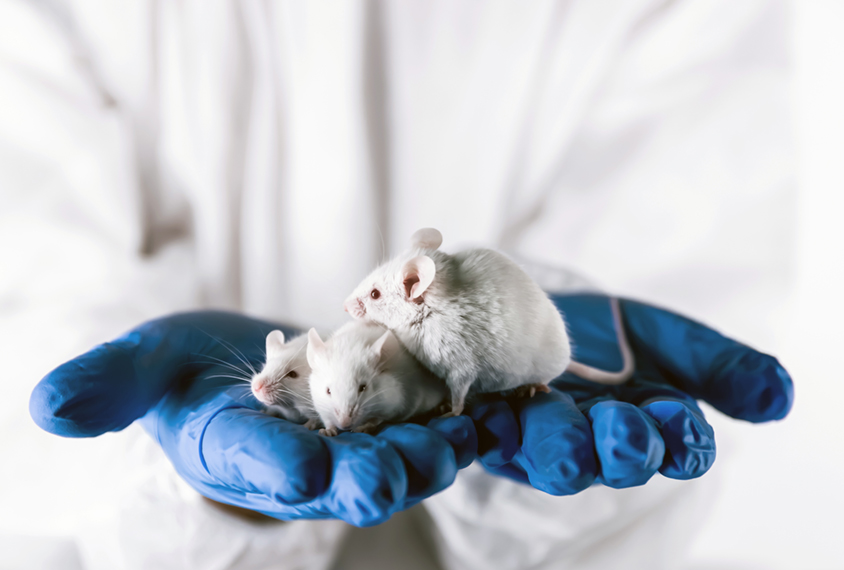
Mice with autism-related mutations show brain signaling imbalance
Mutations in POGZ, a gene strongly linked to autism, lead to a signaling imbalance in multiple brain regions in mice, according to two new studies.
Brain’s motor hub plays unsung role in social skills, cognition
Long known as the director of movement, the cerebellum may also coordinate social and cognitive abilities, including those central to autism.
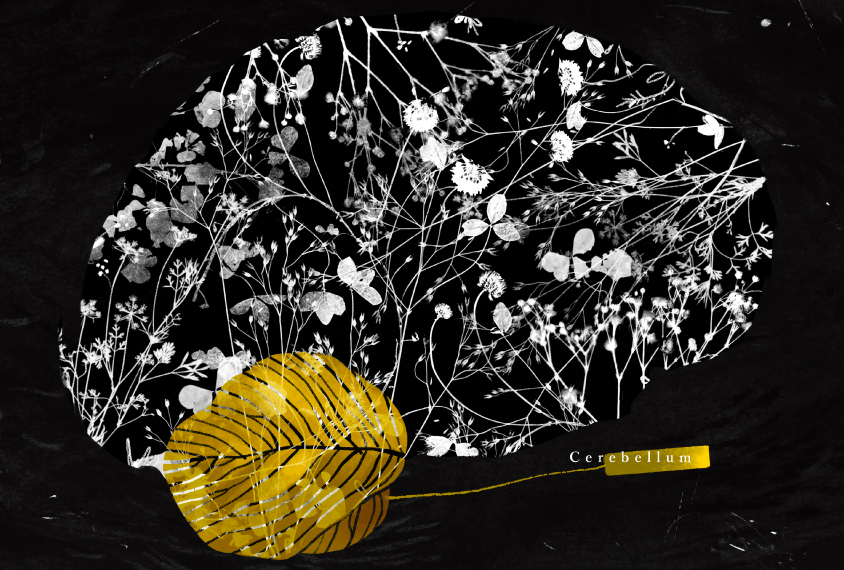
Brain’s motor hub plays unsung role in social skills, cognition
Long known as the director of movement, the cerebellum may also coordinate social and cognitive abilities, including those central to autism.
Fake autism claim; knocking out anesthesia; haunting milestone and more
Despite social media rumors, a British children’s television show does not cause autism; childhood anesthesia is not tied to autism risk; and an adult on the spectrum reaches a haunting milestone
Fake autism claim; knocking out anesthesia; haunting milestone and more
Despite social media rumors, a British children’s television show does not cause autism; childhood anesthesia is not tied to autism risk; and an adult on the spectrum reaches a haunting milestone
Study of cerebellum’s role in autism homes in on ‘social’ region
New evidence from both people and mice points to a part of the cerebellum that helps process social information as being critical in autism.
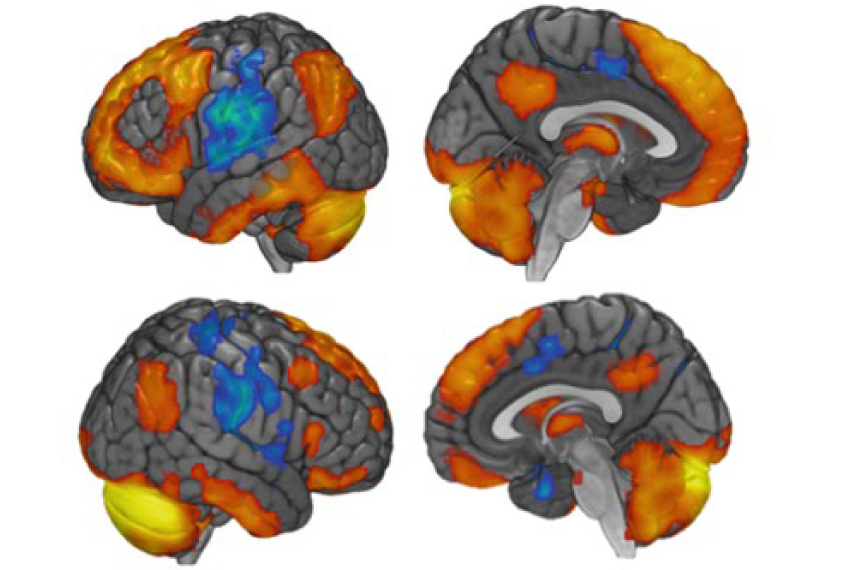
Study of cerebellum’s role in autism homes in on ‘social’ region
New evidence from both people and mice points to a part of the cerebellum that helps process social information as being critical in autism.
Timed cues create mini-cerebellum in culture
Researchers can coax human stem cells to grow into layered structures that mimic the brain’s center for motor control, the cerebellum.

Timed cues create mini-cerebellum in culture
Researchers can coax human stem cells to grow into layered structures that mimic the brain’s center for motor control, the cerebellum.
Explore more from The Transmitter
During decision-making, brain shows multiple distinct subtypes of activity
Person-to-person variability in brain activity might represent meaningful differences in cognitive processes, rather than random noise.

During decision-making, brain shows multiple distinct subtypes of activity
Person-to-person variability in brain activity might represent meaningful differences in cognitive processes, rather than random noise.
Basic pain research ‘is not working’: Q&A with Steven Prescott and Stéphanie Ratté
Prescott and Ratté critique the clinical relevance of preclinical studies in the field and highlight areas for improvement.

Basic pain research ‘is not working’: Q&A with Steven Prescott and Stéphanie Ratté
Prescott and Ratté critique the clinical relevance of preclinical studies in the field and highlight areas for improvement.
Proposed NIH budget cut threatens ‘massive destruction of American science’
A leaked draft of a Trump administration proposal includes an approximately 40 percent cut to the National Institutes of Health’s budget and a major reorganization of its 27 institutes and centers.
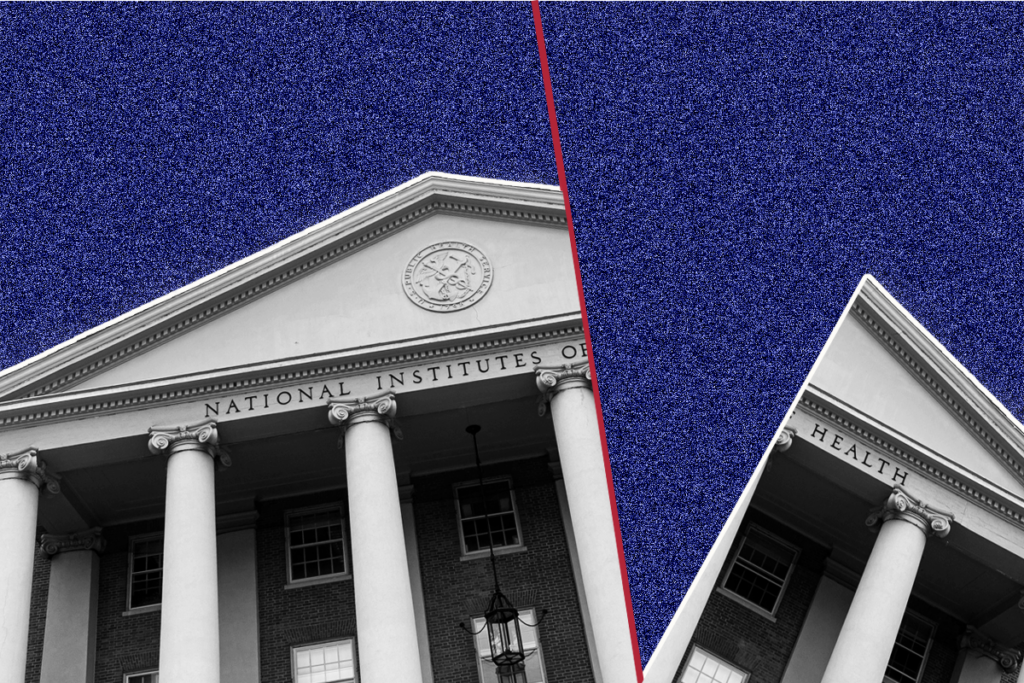
Proposed NIH budget cut threatens ‘massive destruction of American science’
A leaked draft of a Trump administration proposal includes an approximately 40 percent cut to the National Institutes of Health’s budget and a major reorganization of its 27 institutes and centers.